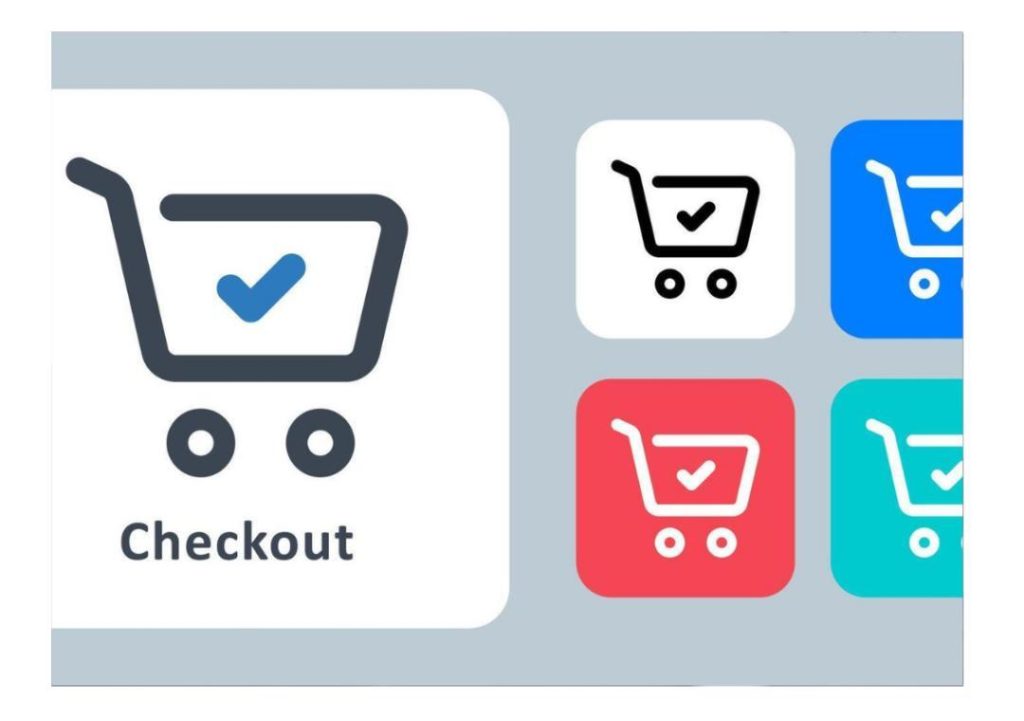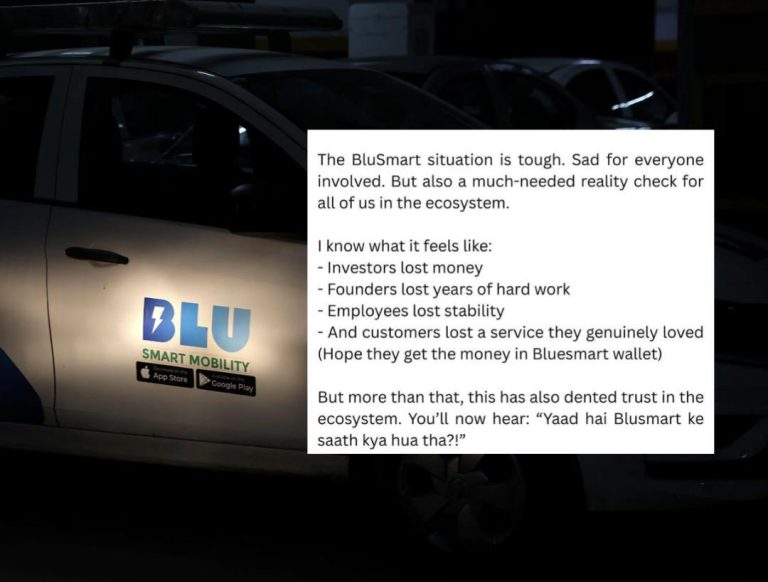
Is Your Checkout Experience Killing Conversions?
When it comes to e-commerce, the checkout process is often the most critical part of the customer journey. It’s where the rubber meets the road, so to speak. If your checkout experience is clunky, slow, or confusing, you can bet your customers will be quick to abandon ship. In fact, studies have shown that a significant portion of users drop off during checkout, not because they’ve changed their minds about the product, but because the experience becomes too frustrating to continue.
So, what’s behind this phenomenon? Why do users get so turned off by the checkout process? And what can you do to ensure that your customers make it to the finish line without losing their patience or their purchase?
In this post, we’ll explore the common pitfalls that can lead to checkout abandonment and offer some practical tips for creating a smooth, fast, and transparent checkout experience that will keep your customers coming back for more.
The Silent Killers of Checkout Conversions
There are several common mistakes that online retailers make when it comes to checkout, and these mistakes can have a devastating impact on conversions. Here are a few of the most common culprits:
- Slow Load Times: If your checkout page takes too long to load, you can bet that users will start to get impatient and frustrated. In fact, studies have shown that slow load times can lead to a 7% decrease in conversions for every one-second delay. Ouch!
- Too Many Steps: When users are asked to navigate through too many pages or fill out too many fields, they can start to feel overwhelmed and bogged down. This can lead to a 10% decrease in conversions for every additional step in the checkout process.
- Hidden Costs: When users are surprised by hidden fees or charges, it can be a major turnoff. In fact, studies have shown that 60% of users will abandon their carts if they’re not given clear and transparent information about the total cost of their purchase.
- Limited Payment Options: When users are forced to use a payment method they’re not comfortable with, it can create a major obstacle to completing the purchase. In fact, studies have shown that offering multiple payment options can increase conversions by up to 15%.
- Poor UX: When the checkout process is confusing or difficult to navigate, users can get frustrated and give up. In fact, studies have shown that poor UX can lead to a 20% decrease in conversions.
The Consequences of a Poor Checkout Experience
So, what happens when you make one or more of these common mistakes? The consequences can be severe. Here are a few examples:
- Abandoned Carts: When users abandon their carts, it’s a lost sale, and a lost opportunity to build customer loyalty.
- Decreased Conversions: When the checkout process is slow, confusing, or frustrating, users are less likely to complete their purchase.
- Negative Reviews: When users have a poor checkout experience, they’re more likely to leave negative reviews and tell their friends and family about it.
- Lost Revenue: When you make it difficult for users to complete their purchase, you’re leaving money on the table.
How to Create a Smooth, Fast, and Transparent Checkout Experience
So, what can you do to avoid these common pitfalls and create a checkout experience that will keep your customers coming back for more? Here are a few practical tips:
- Streamline Your Checkout Process: Try to reduce the number of steps in your checkout process to make it as simple and straightforward as possible.
- Optimize Your Load Times: Make sure your checkout page loads quickly by optimizing your images, compressing your files, and using a fast web hosting service.
- Be Transparent About Costs: Make sure to provide clear and transparent information about the total cost of the purchase, including any hidden fees or charges.
- Offer Multiple Payment Options: Make sure to offer multiple payment options, including credit cards, PayPal, and other popular payment methods.
- Improve Your UX: Make sure your checkout process is easy to navigate and understand by using clear and concise language, and by providing visual cues and feedback throughout the process.
- Test and Iterate: Test your checkout process regularly to identify areas for improvement, and iterate on your design and functionality to make it better and better.
Conclusion
A smooth, fast, and transparent checkout experience is essential for keeping customers happy and converting them into buyers. By avoiding common pitfalls like slow load times, too many steps, hidden costs, limited payment options, and poor UX, you can create a checkout experience that will keep your customers coming back for more. Remember to streamline your checkout process, optimize your load times, be transparent about costs, offer multiple payment options, improve your UX, and test and iterate regularly to make sure you’re providing the best possible experience for your customers.
Source:
https://www.growthjockey.com/blogs/ui-ux-in-growing-d2c-brands






